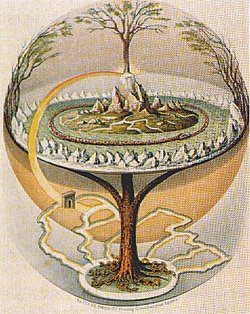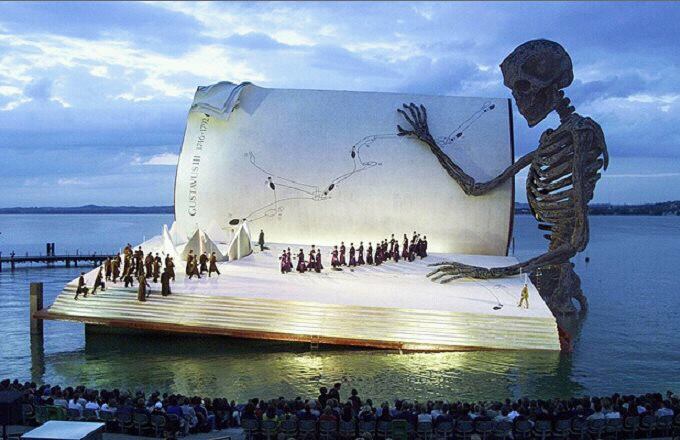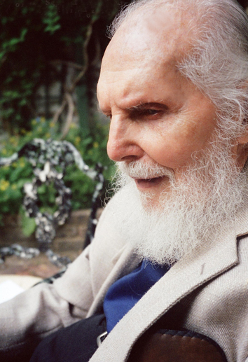Stage Page
You've already tuned your ears to let you know the elements of story, and understand how powerful it is to tell stories in the dark.
In theatre we start most plays in the dark. As the audience settles, gets comfortable, adjusts to uncomfortable seating, clears throats, and then waits - the lights often emerge, dim,vanish and then, from the darkness of the stage, words and light bring us the story, the dialogue and now - motion and visible objects.
I recommend The Playwrights Guild of Canada site (I'm a member)
Here's a link to their website:
http://www.playwrightsguild.ca
&
Here's a copy of their Template.
resources/ScriptFormatting.pdf


Writer Duet Cloud based & Free Software for Scripts. WriterDuet features real-time collaboration, online/offline
writing, and infinite revision tracking. As well, it has A Stageplay template.
Just sign up, NO NEED to purchase the software in order to use it. And check
out their Stageplay Template.

On Stage the audience and Performance are all in the same unit of continuous time. No matter if we set something in future time, or the past - Audience and performers are in the same continuous unit of time. It is always "now" and so the tension and humor in theatre is so powerful that we can do things only live Radio Drama may also emulate.
That's also why dialogue may be so strong in theatrical productions. See the adjoining panel for a very useful template.
From Theatrecrafts: Here's the place to explore the terms of Stage Drama.
Imagine a performer on a tilted stage. She's facing the audience. She holds up her right hand - that's where Stage Right (SR) is located - even though, to the audience, it appears on their left. She points to her Left & ... You guessed it - That's Stage Left (SL) - her Left hand.
Center stage is center stage no matter what the stage.
Upstage is what looks like the back of the stage to us, and downstage is towards the front!
Up is down, down is up - left is right, and right is left.
Scene changes are the same in all formats - a jump in time and/or a shift in continuous space & you have a new scene.